Mimosa hostilis (jurema)
$18
Unlocking the Secrets of a Traditional Plant
Mimosa Hostilis, also known as Jurema, is a unique tree native to northeastern Brazil and parts of Central America. Indigenous tribes have used its bark for generations in healing practices and textile dyeing. The inner root bark is particularly valued for its medicinal qualities and rich, natural blue dye.
Natural Healing Through Generations
Historically, Mimosa Hostilis has been applied to burns, wounds, and skin irritations. Its inner bark offers antimicrobial and anti-inflammatory properties that help soothe and heal the skin. People have also used it to relieve pain and promote faster recovery.
Its potential antioxidant effects may help support immune defense by combating free radical damage—though more scientific studies are needed to confirm these benefits.
From Bark to Beauty: Common Uses
The inner root bark can be brewed into a tea or decoction, either consumed orally or used topically. Some herbalists prepare it as a skin rinse or compress. The plant’s natural pigment is popular among eco-friendly designers and is traditionally used to dye clothes and fabrics.
Use Responsibly and Safely
Though natural, this plant should be used with care. It’s essential to seek guidance from a qualified herbalist or healthcare provider before internal or topical use, especially if you are on medication or have pre-existing conditions.
Final Thoughts
Whether you’re interested in natural remedies, traditional healing, or organic dyeing techniques, this unique plant offers a fascinating window into both nature and culture. With responsible use, Mimosa Hostilis can be a meaningful part of sustainable wellness practices.



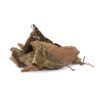
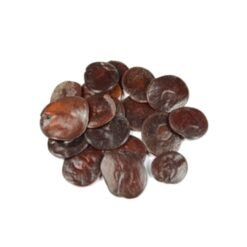


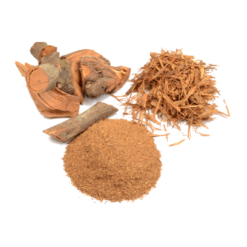

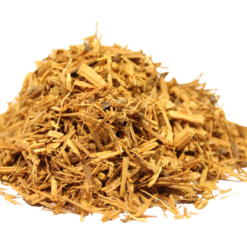

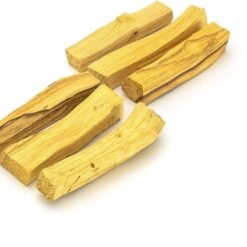
Reviews
There are no reviews yet.